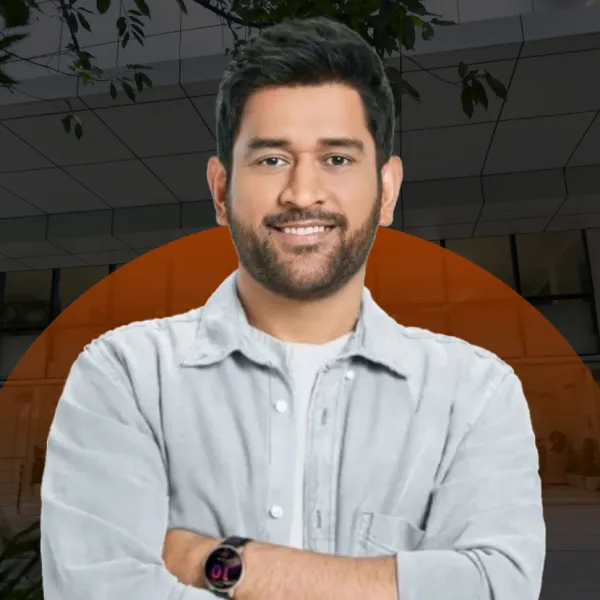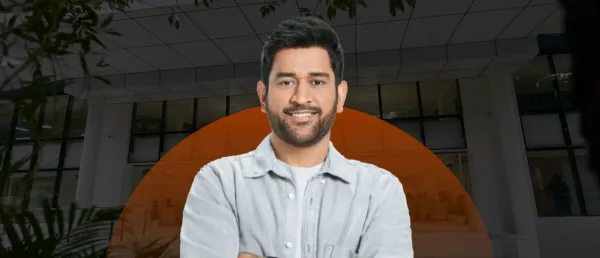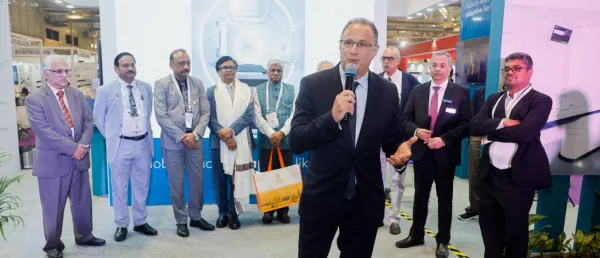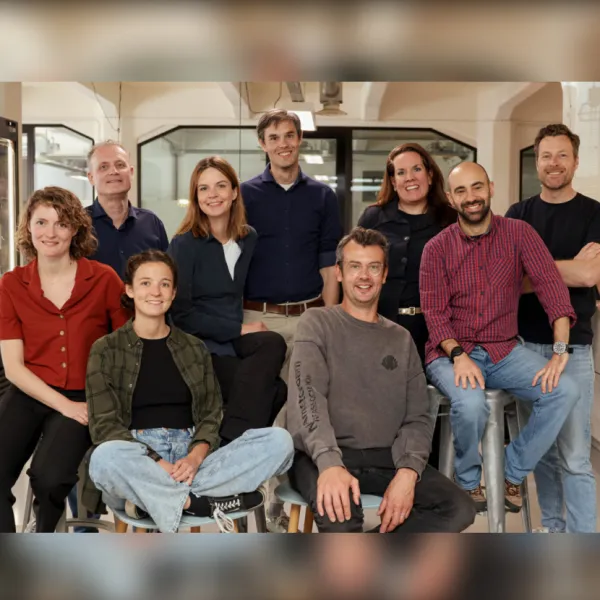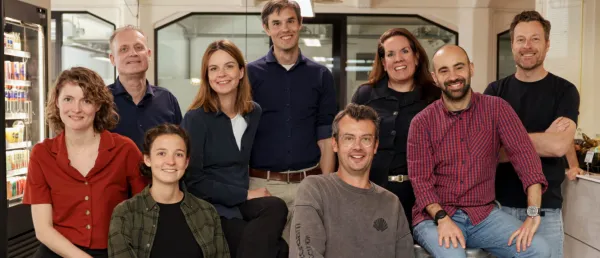Neuralink’s First ALS Patient Shares YouTube Video Edited Using Brain Implant

The implant, embedded in his motor cortex, contains over 1,000 electrodes and interprets signals from his brain to move a cursor on his MacBook Pro.
The first nonverbal Neuralink patient to receive the brain chip implant has offered a public glimpse into how he uses the technology, editing and narrating a YouTube video using signals from his brain.
Brad Smith, the third person globally and the first ALS patient to be implanted with Elon Musk’s Neuralink device, posted a video last week demonstrating how he controls a computer cursor with his mind to edit footage.
The implant, embedded in his motor cortex, contains over 1,000 electrodes and interprets signals from his brain to move a cursor on his MacBook Pro.
Smith revealed it was easier for him to imagine moving his tongue and clenching his jaw to control the cursor, rather than moving his hand.
AI was also used to recreate Smith’s voice from old recordings, allowing him to narrate the video in a synthetic version of his own voice.
“I have spent the last few years with ideas and thoughts that I cannot share because it takes too much time to type it out. I can already communicate faster and in more ways than I could before, and we are still working on ways to get even faster,” Smith said in the video.
The implant has also enabled Smith to play video games such as Mario Kart with his children and communicate in environments where previous eye-gaze technology was ineffective.
In a separate video, Musk called Smith and said, “I hope this is a game changer for you and your family.”
Smith responded via his computer, “I'm excited to get this in my head and stop using eye-gaze.”
Reflecting on the journey, Smith added, “It took years to get here, and I still break down and cry. It is really nice to have a purpose greater than me. I am really excited to serve others in the future with this work.”
Neuralink first implanted its device in a human in January 2024. Brad Smith now joins the small but growing group of individuals using brain-computer interface (BCI) technology in daily life.
Neuralink’s first ALS patient uploads YouTube video edited with brain implant.
The first ALS patient with a Neuralink brain implant just dropped a YouTube video, edited and narrated using his brain signals. "It took years to get here, and I still break down and cry," says Brad Smith.
Stay tuned for more such updates on Digital Health News.
Stay tuned for more such updates on Digital Health News













